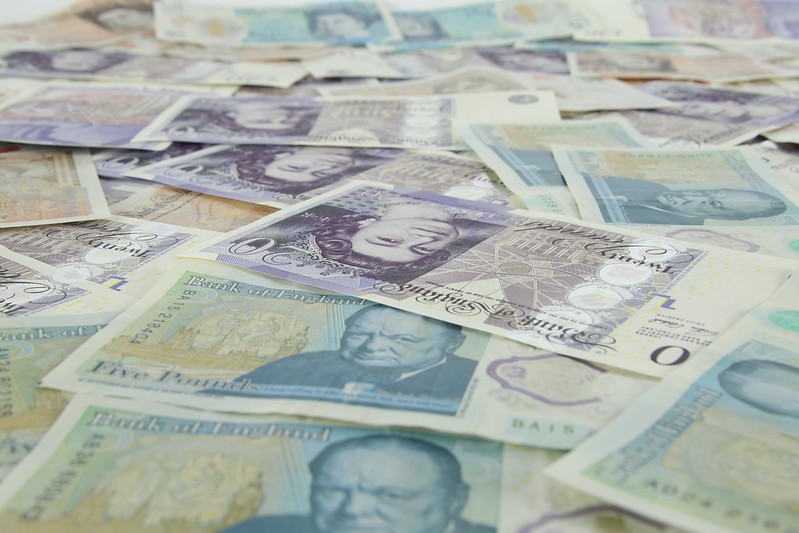
In a recent announcement, Britain's government has shifted its strategy regarding minimum wage increments, opting to ease the pace of increases aimed at closing the wage gap between
low-income workers and those with higher salaries. This move offers some respite to employers following a significant spike of nearly 10% earlier this year.
Scheduled for April, the minimum wage for workers aged 21 and above will reach £11.44 ($14.45) per hour, reaching approximately two-thirds of median earnings for individuals in this age bracket. This rate stands among the highest across advanced economies.
The Department for Business and Trade released a statement on Wednesday affirming that this adjustment aligns with a political commitment made by Prime Minister Rishi Sunak's Conservative Party. Furthermore, for 2025, the government aims to synchronize minimum wage increases with median earnings.
The Low Pay Commission, a body of experts advising the government on minimum wage policies, suggested that a 3.9% rise to £11.89 per hour would likely be necessary for the National Living Wage in 2025.
Introduced 25 years ago to tackle wage disparities, Britain's minimum wage has undergone significant evolution. According to the Resolution Foundation, the pay for low earners is now £6,000 higher annually than it would have been if it had risen in accordance with typical pay growth.
Employers have voiced concerns over substantial increases in recent years, largely driven by inflation, which have prompted considerations of price hikes or reductions in hiring. A survey conducted by Lloyds Bank and published on Wednesday indicated a slowdown in hiring intentions, potentially linked to the minimum wage hike.
The Bank of England is closely monitoring wage growth as it evaluates whether inflationary pressures in the economy are sufficiently abating to warrant interest rate adjustments.



































